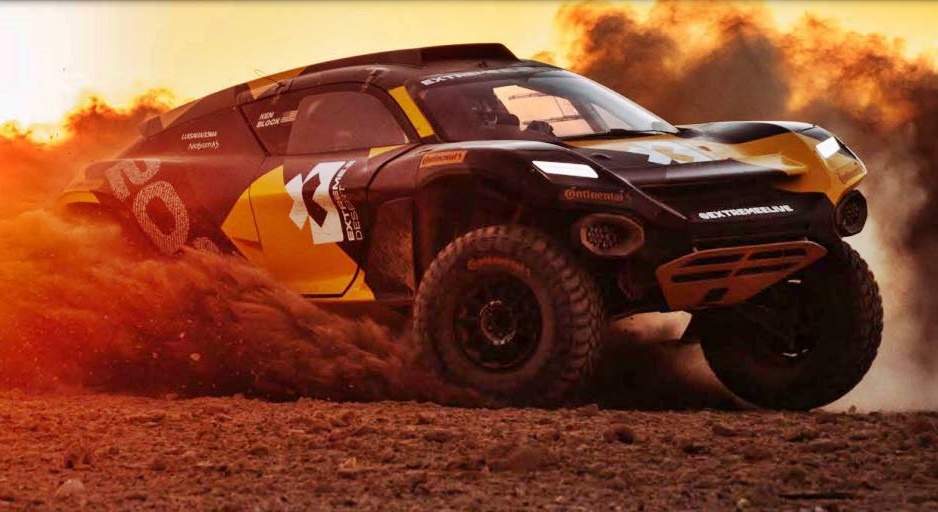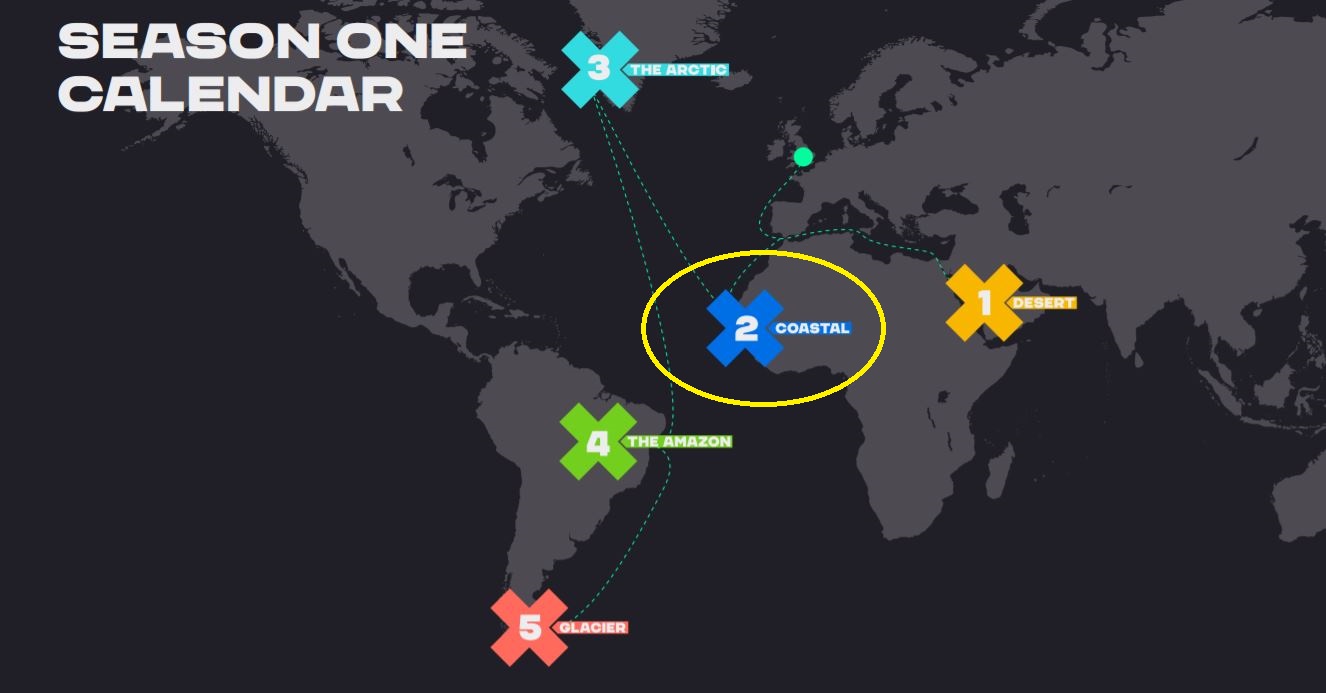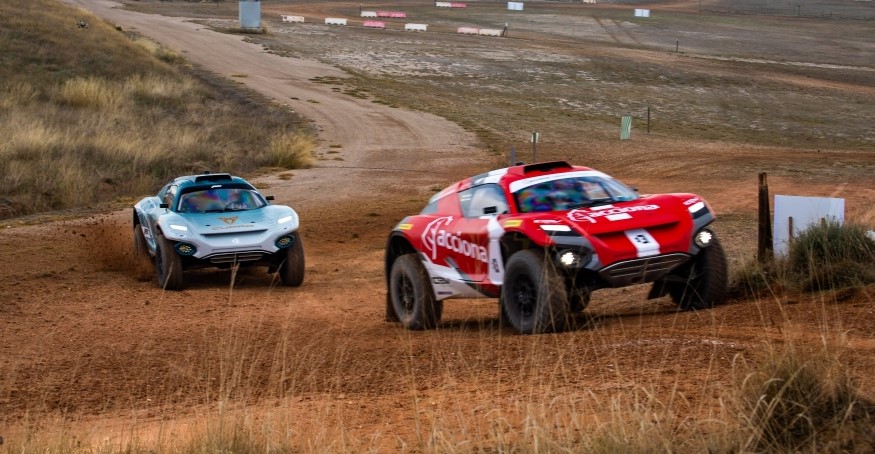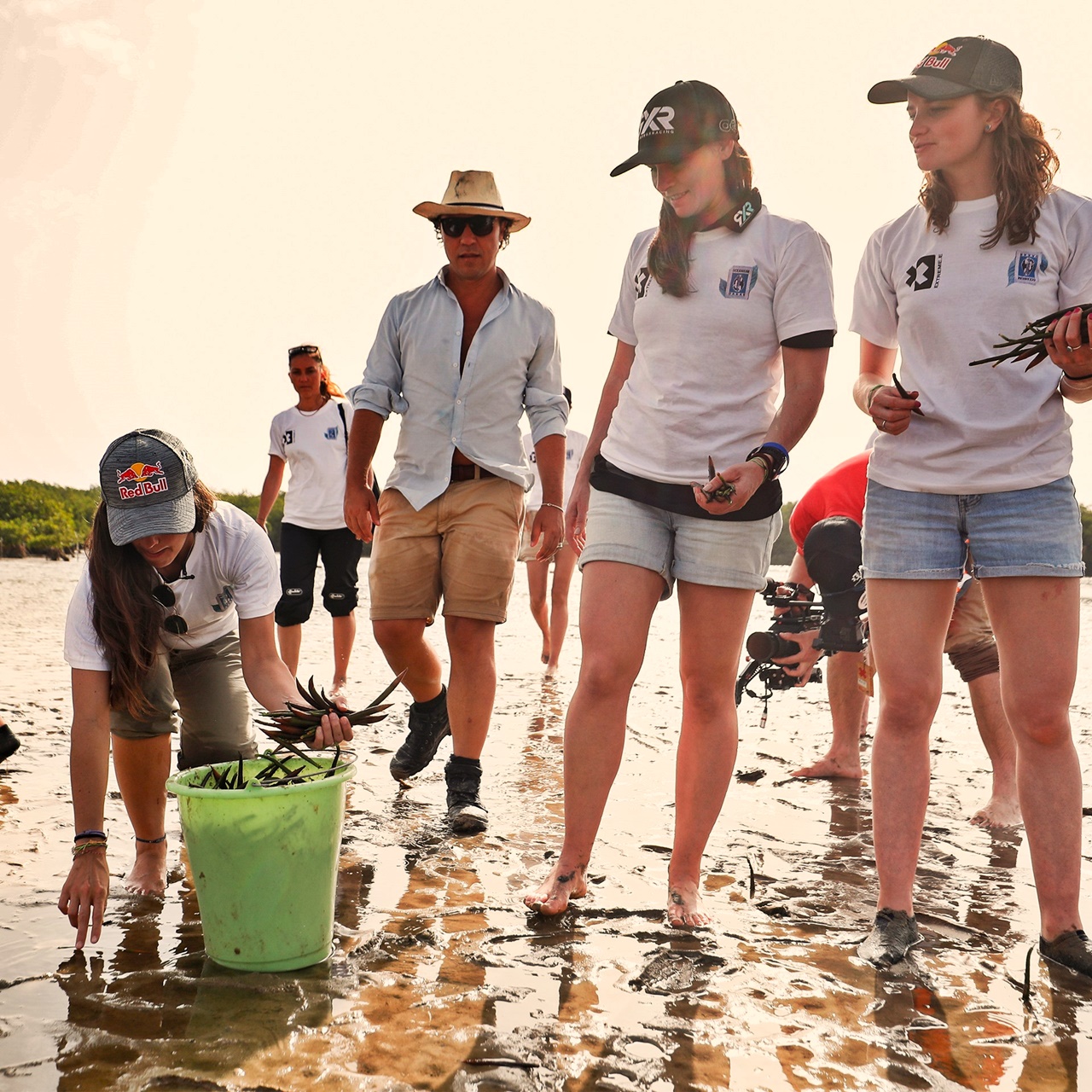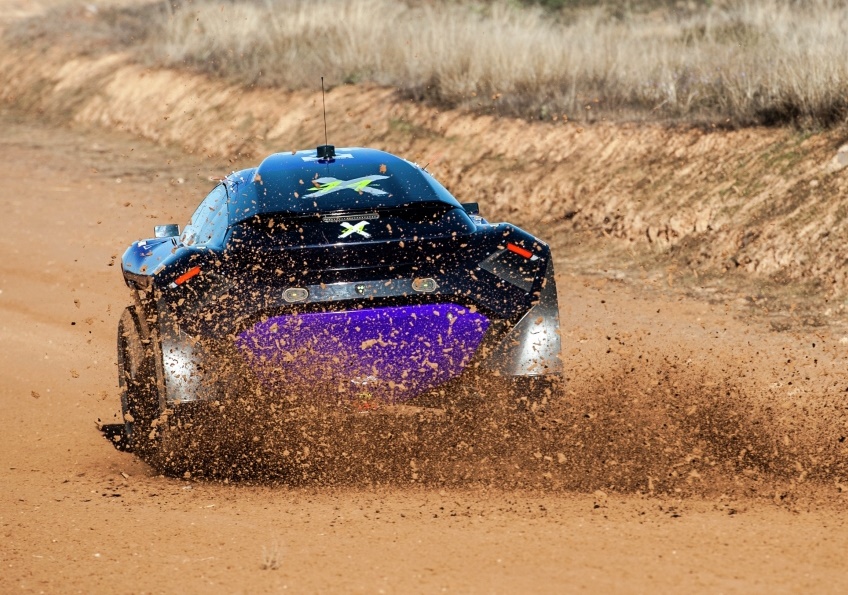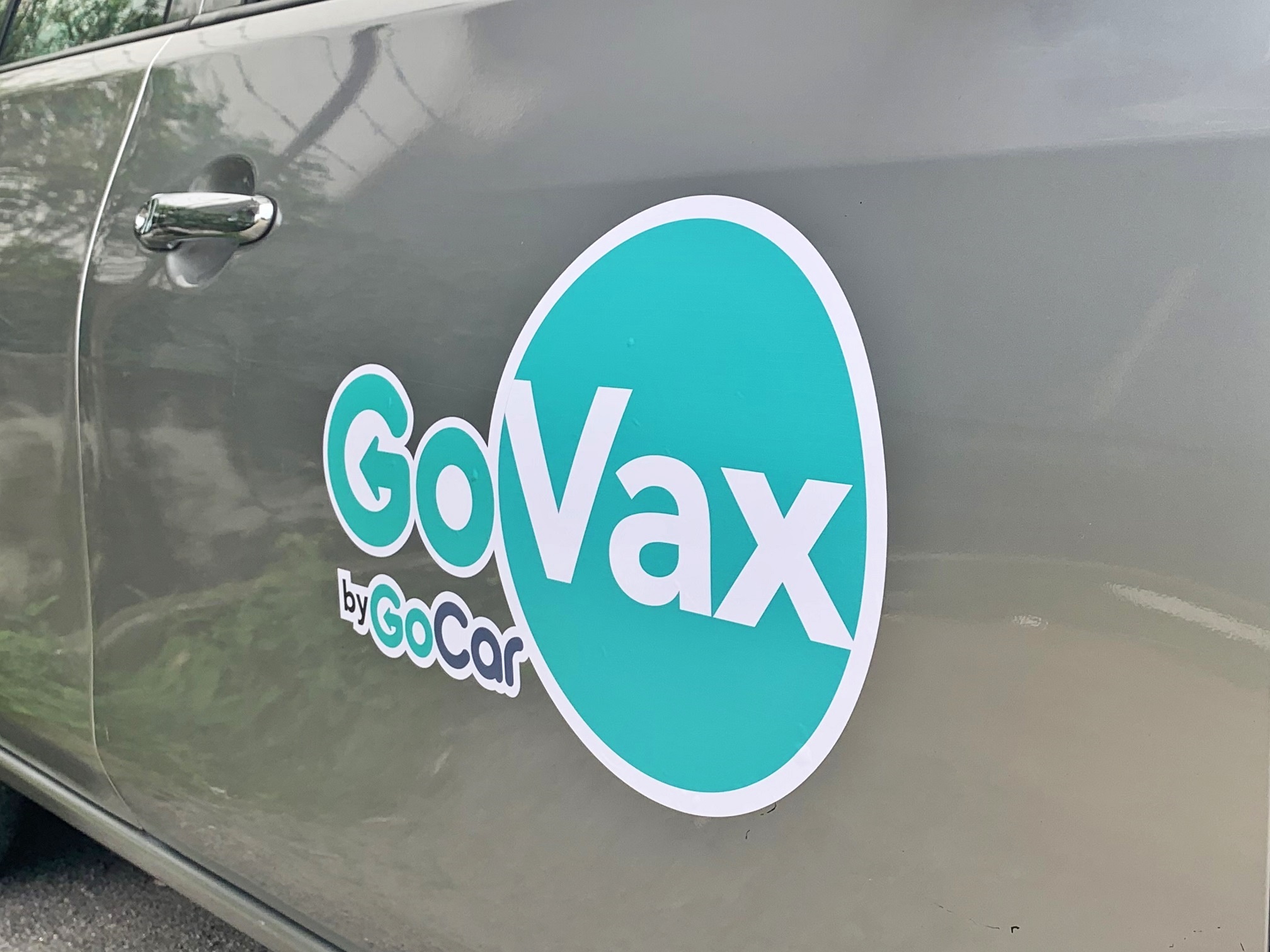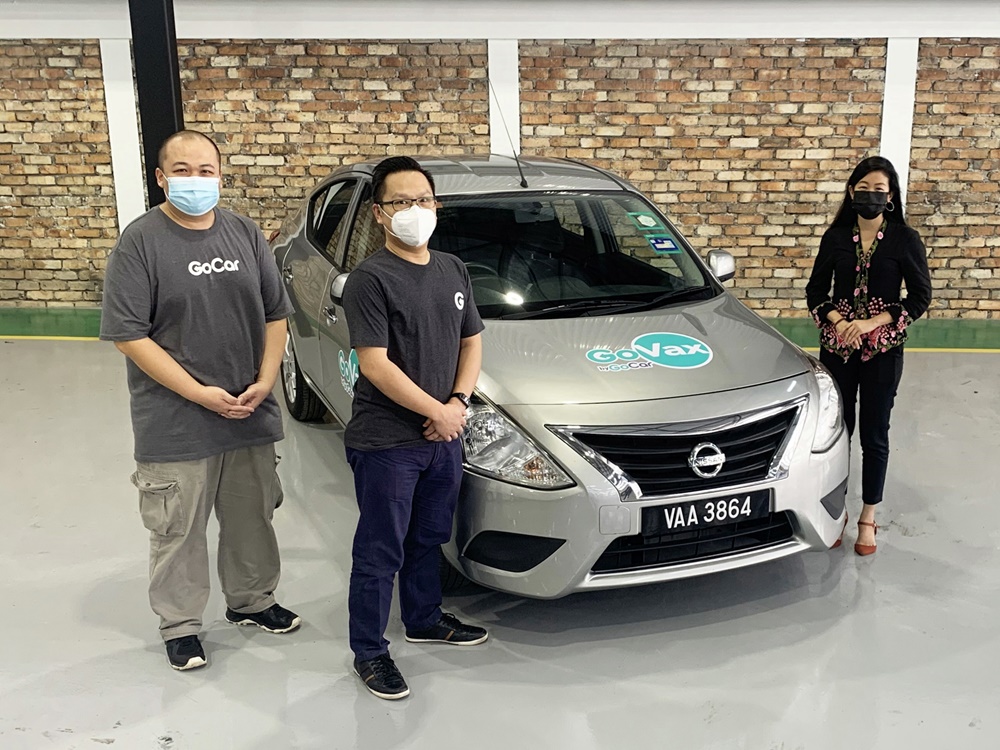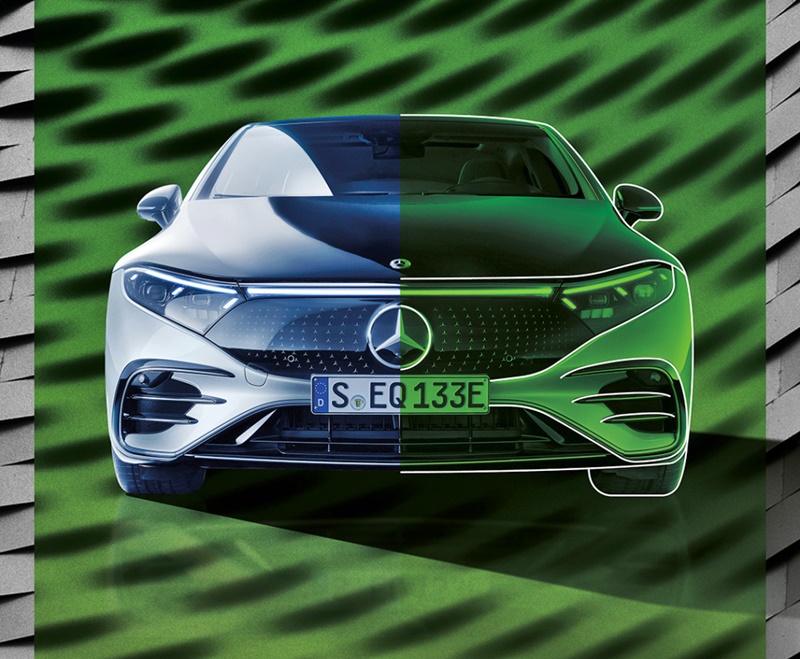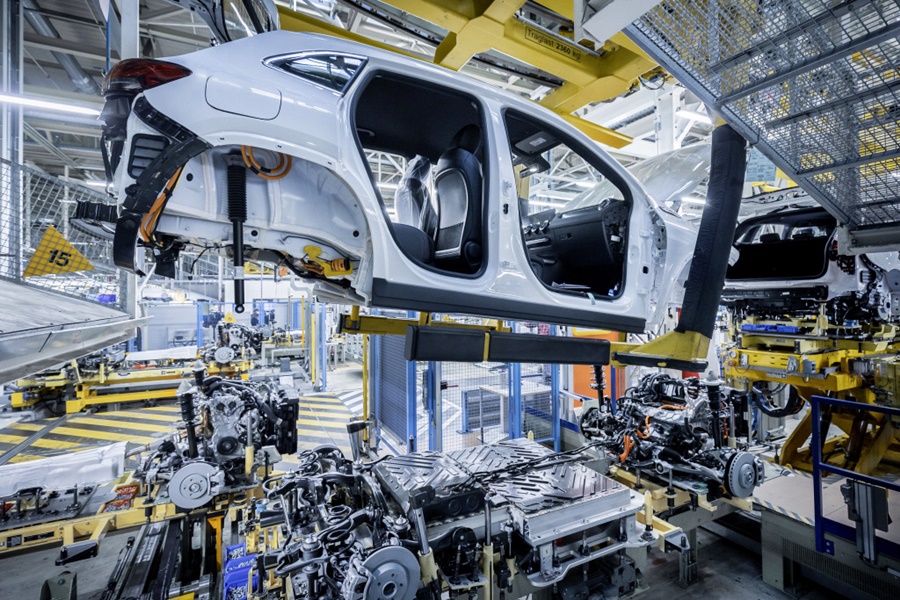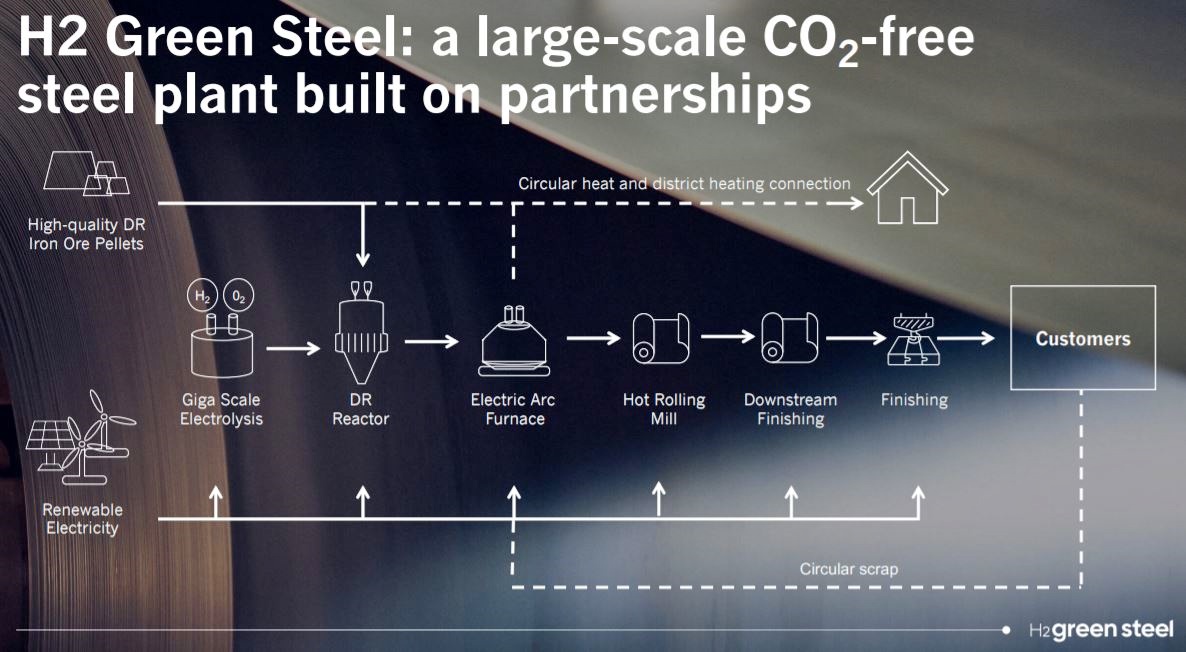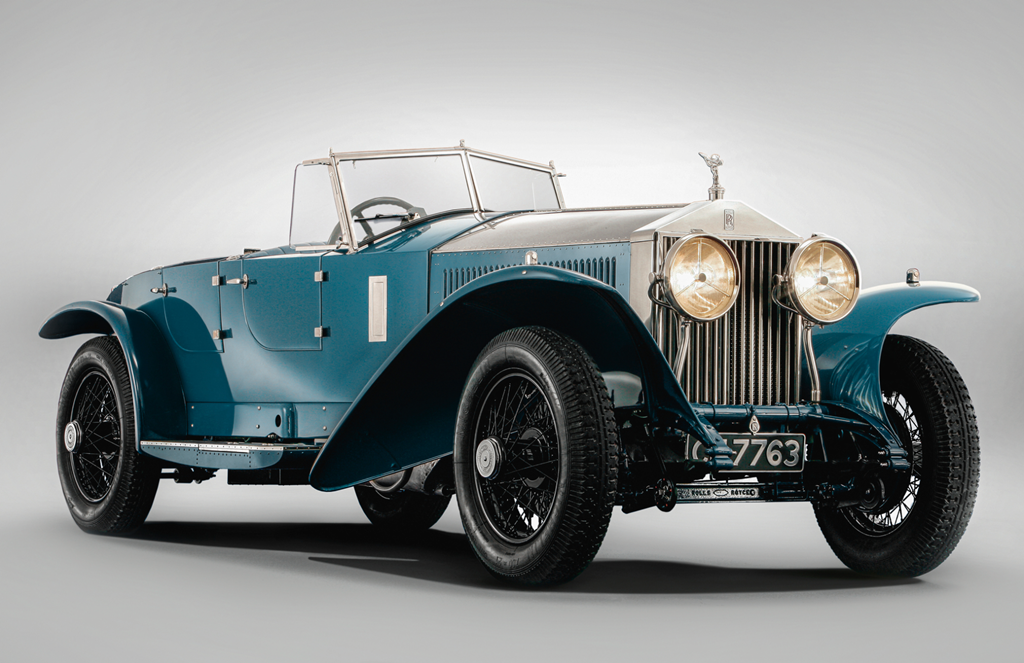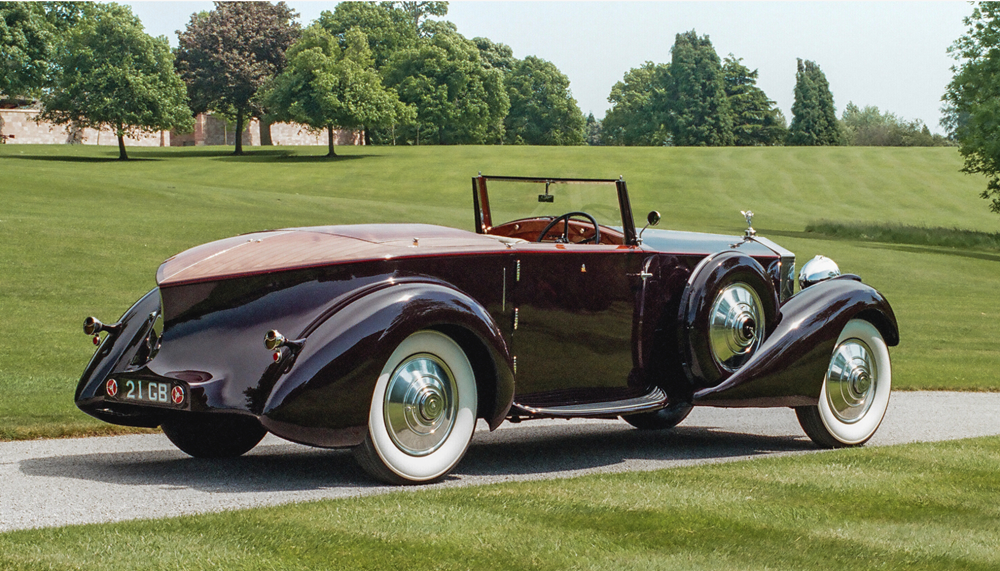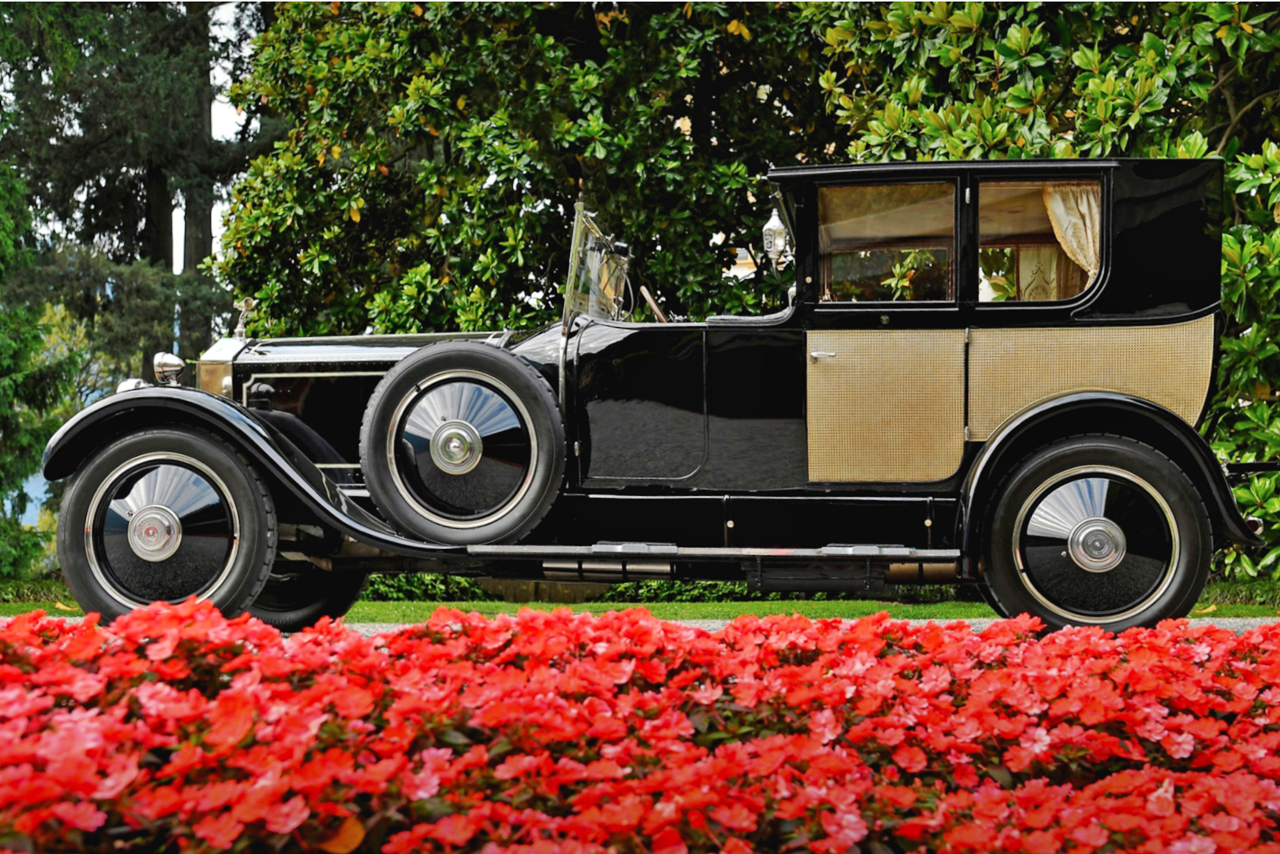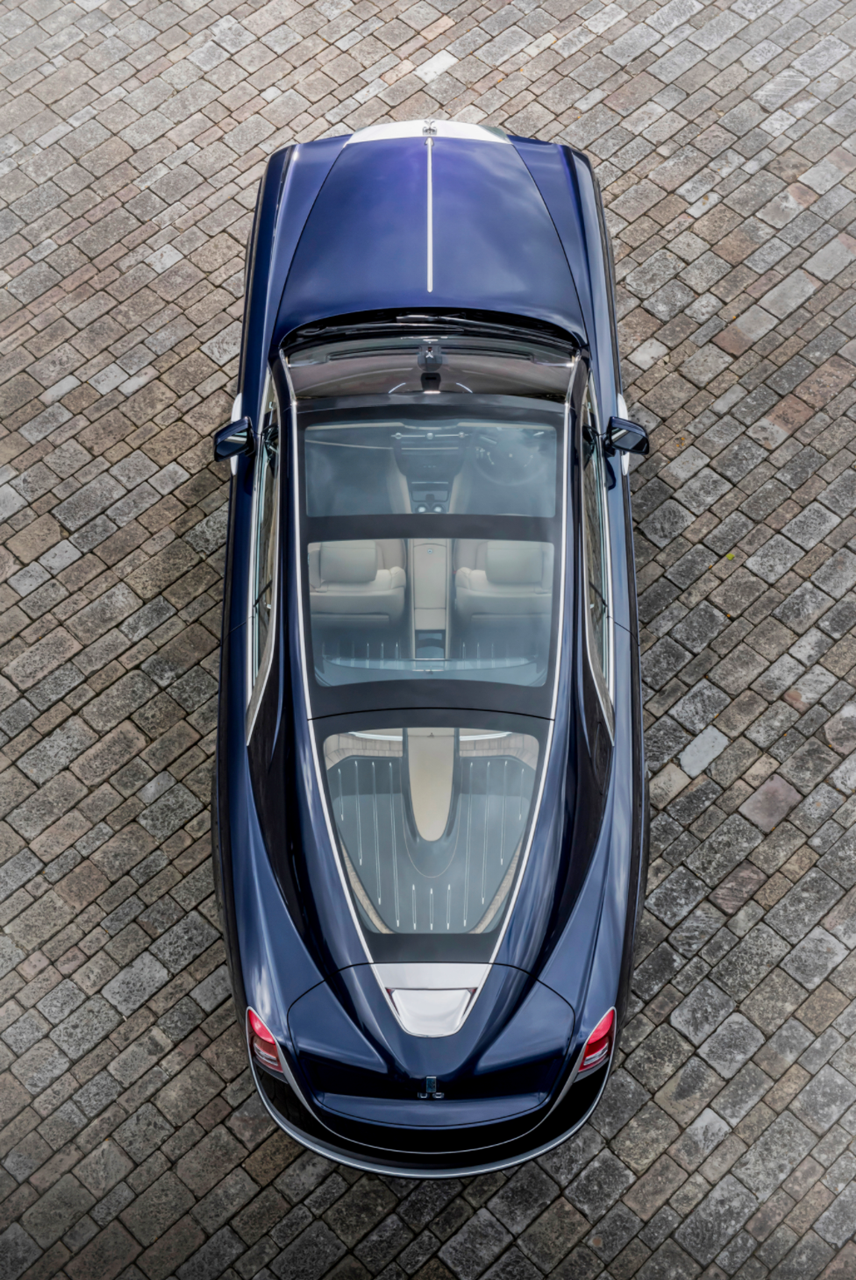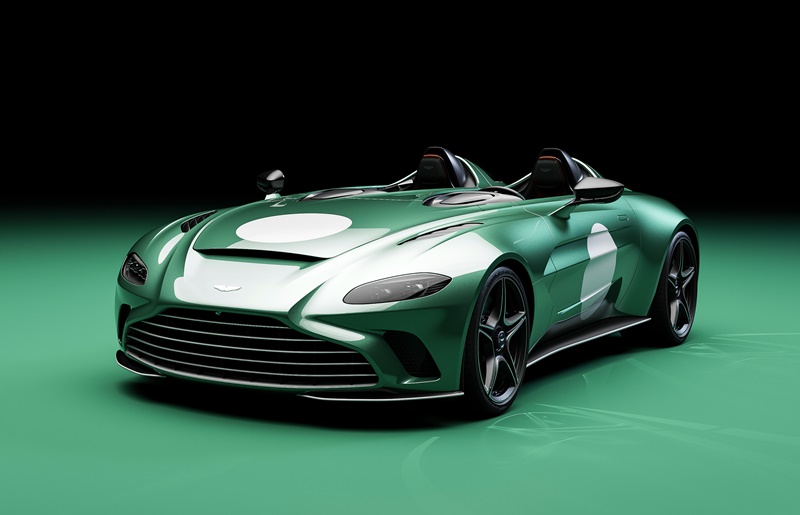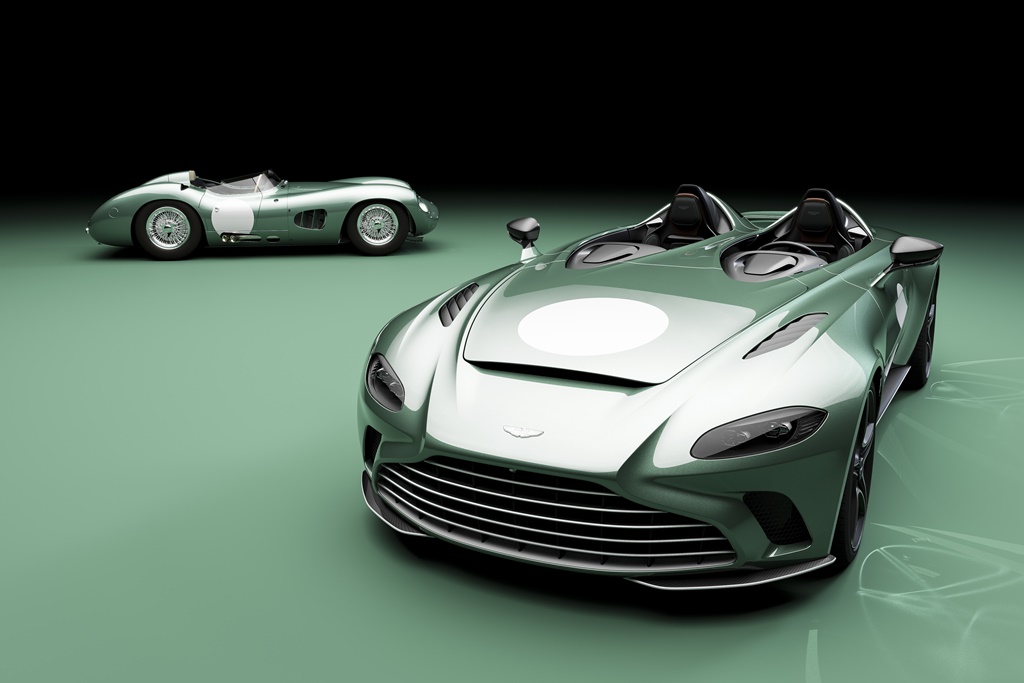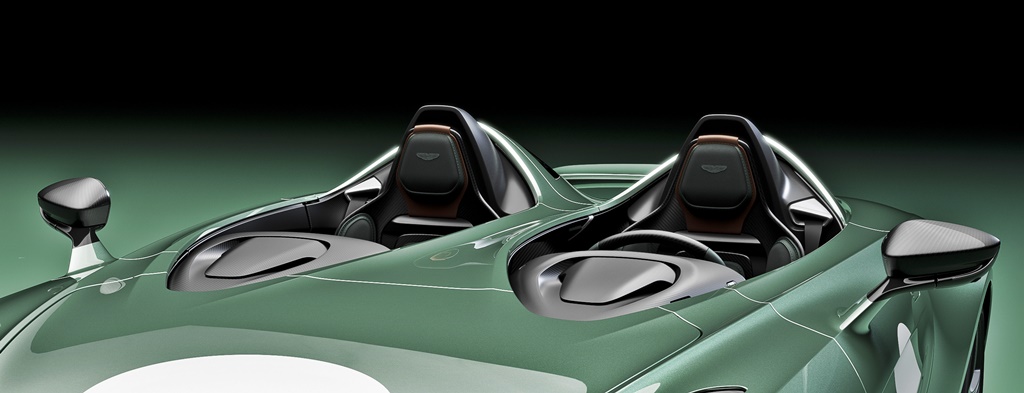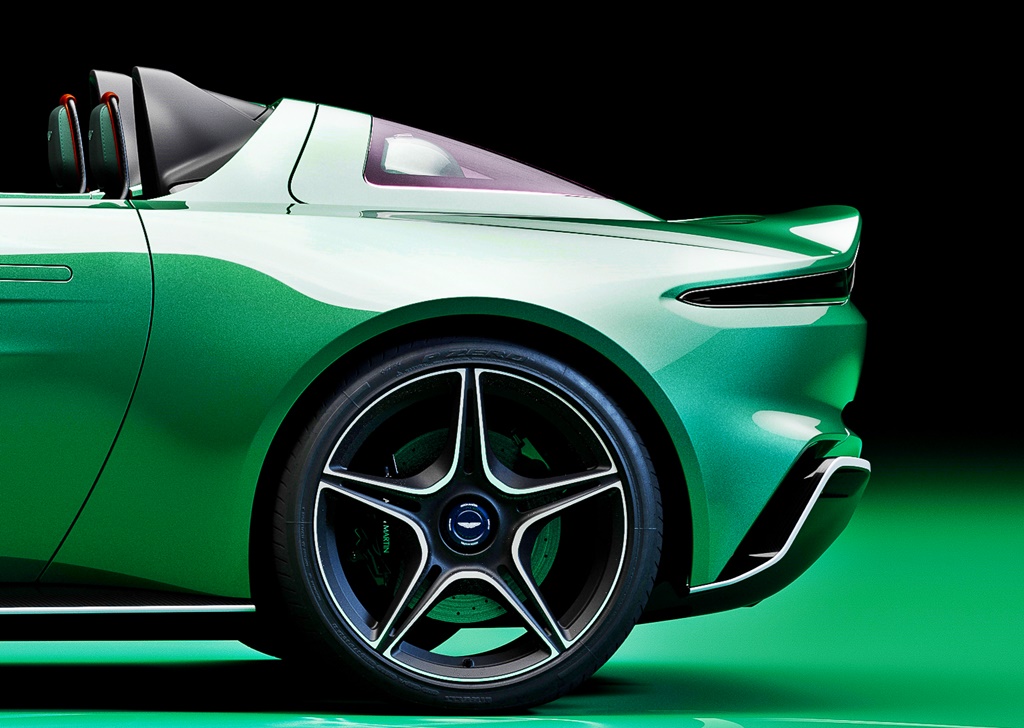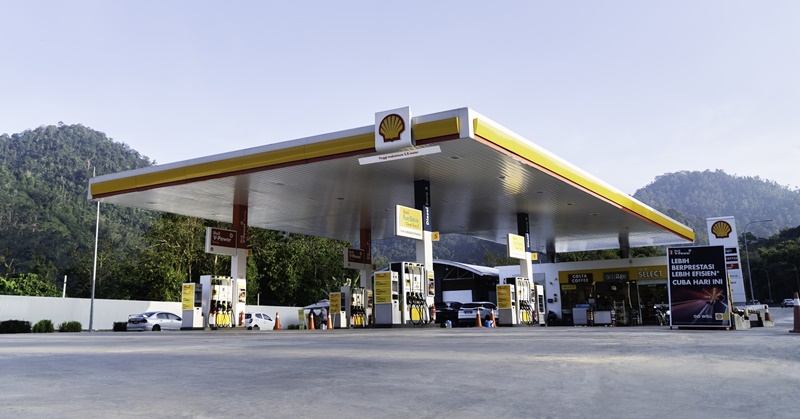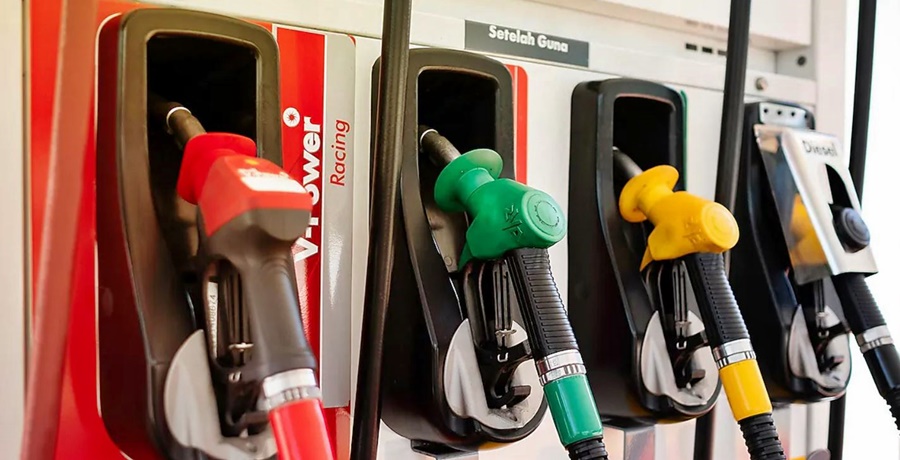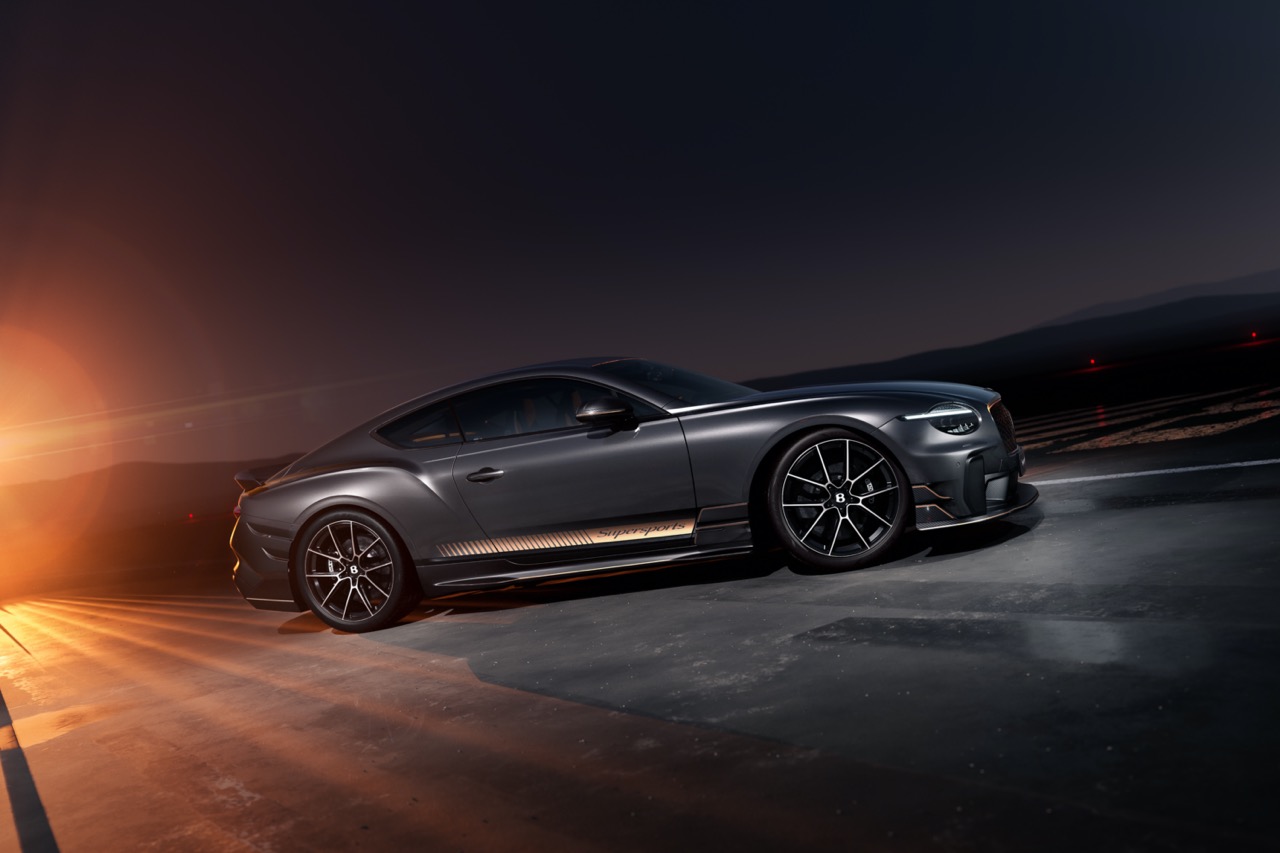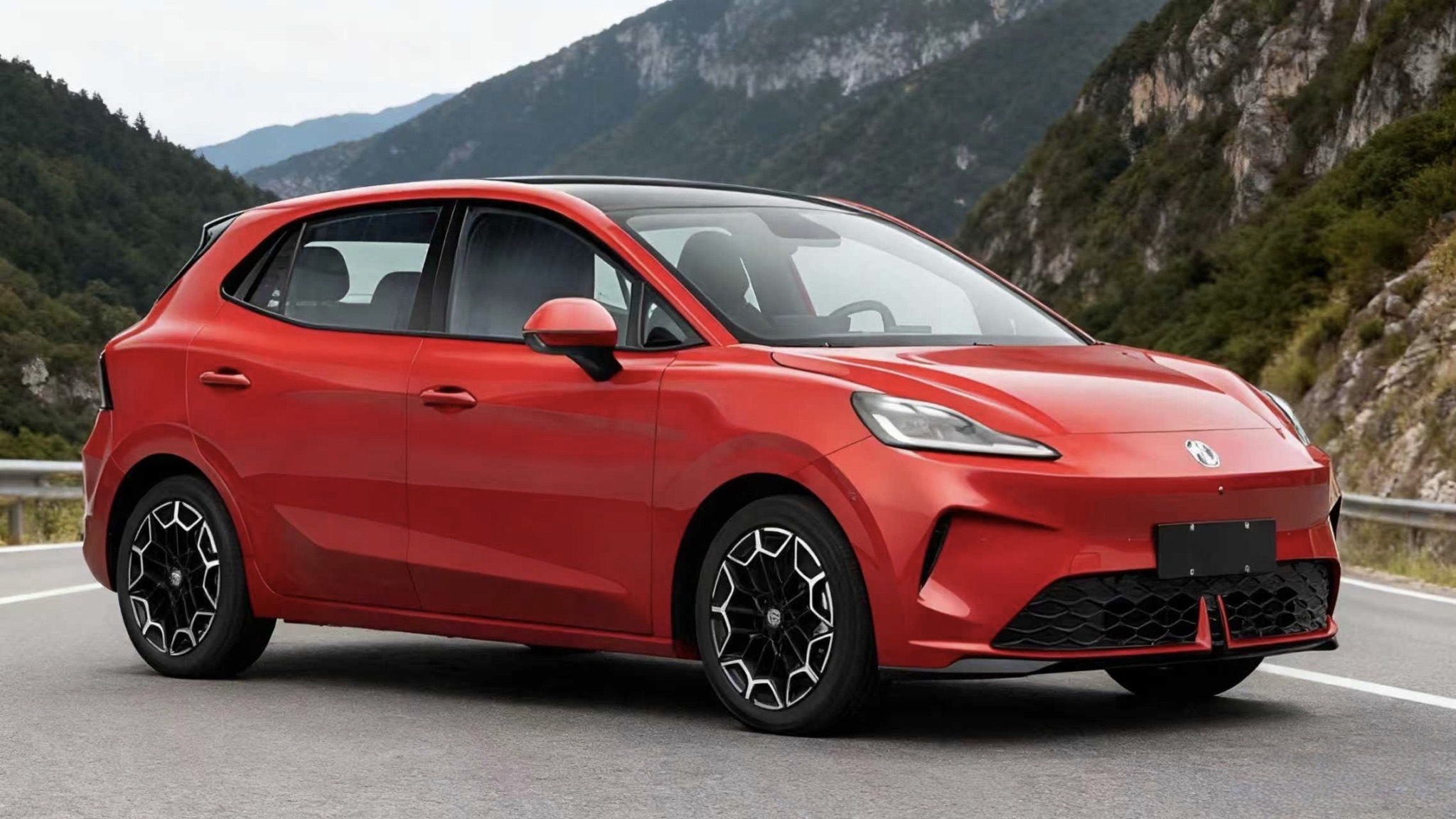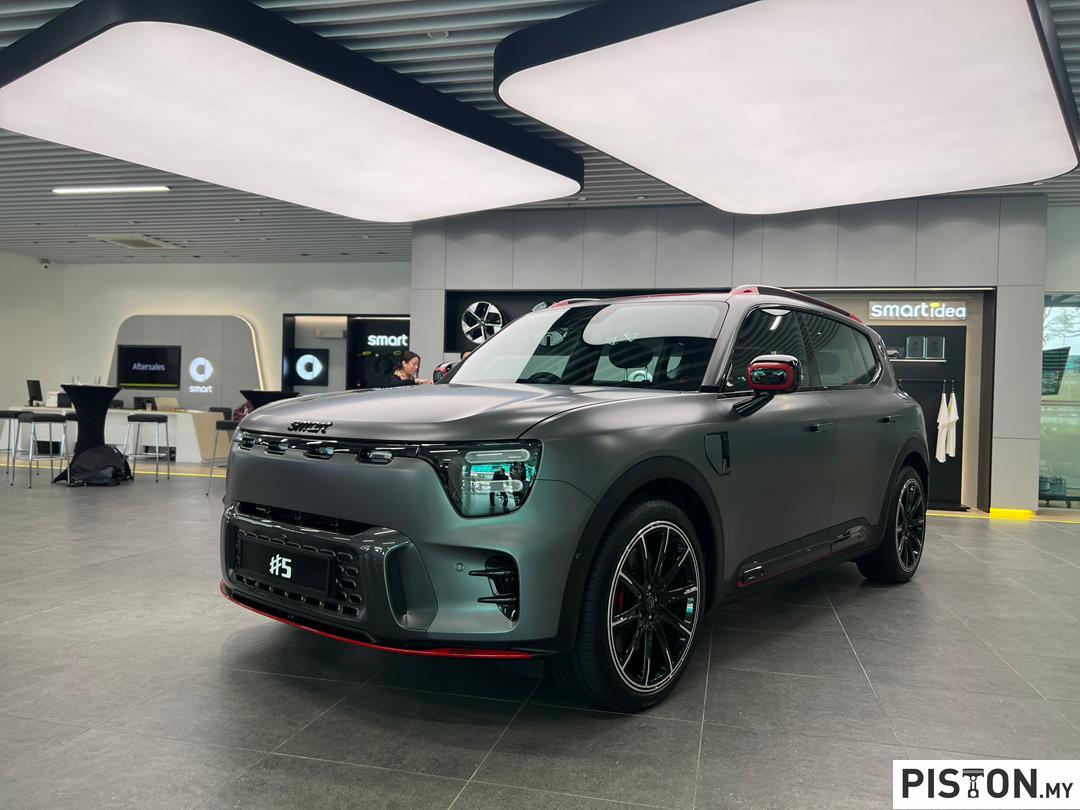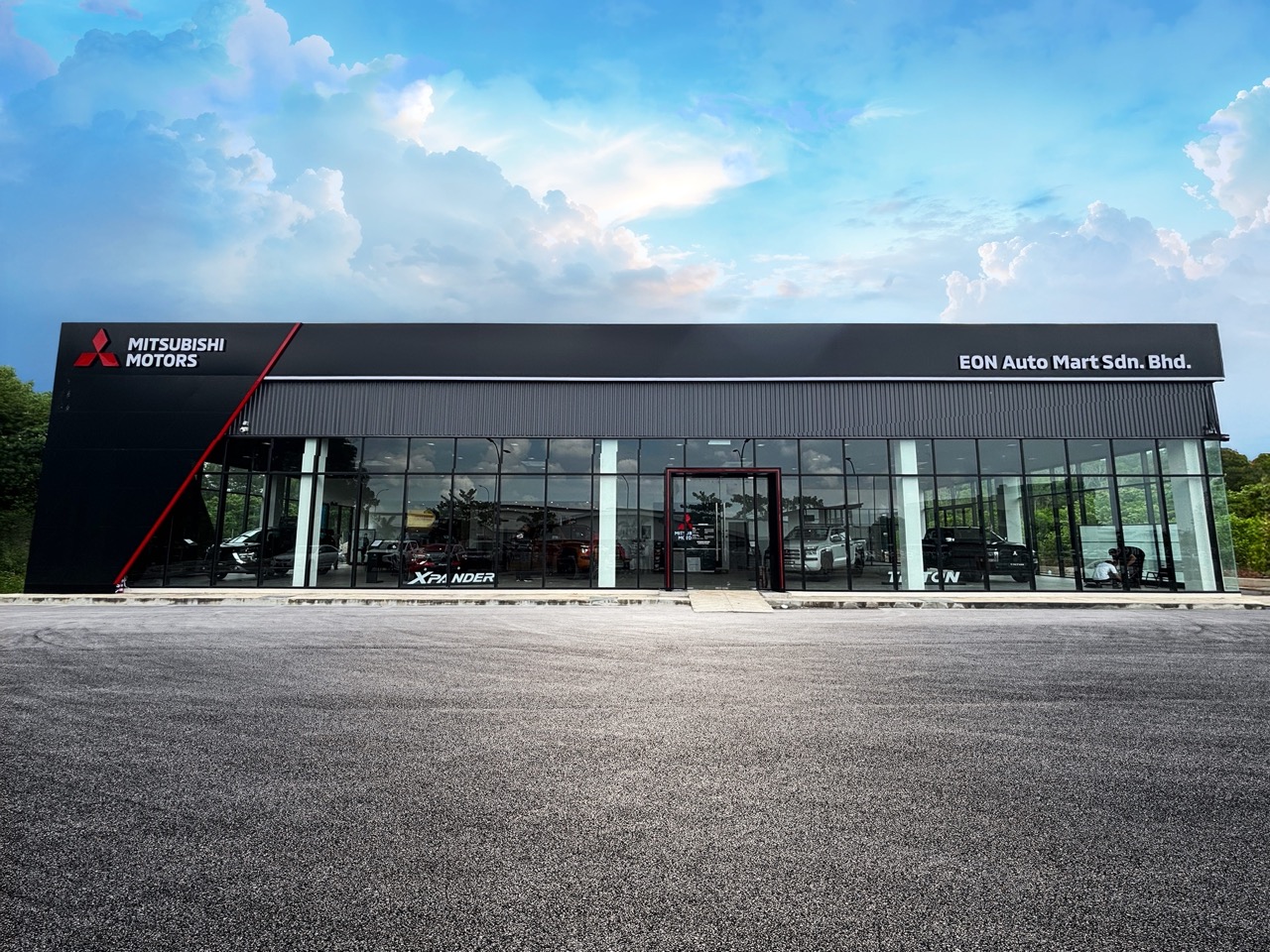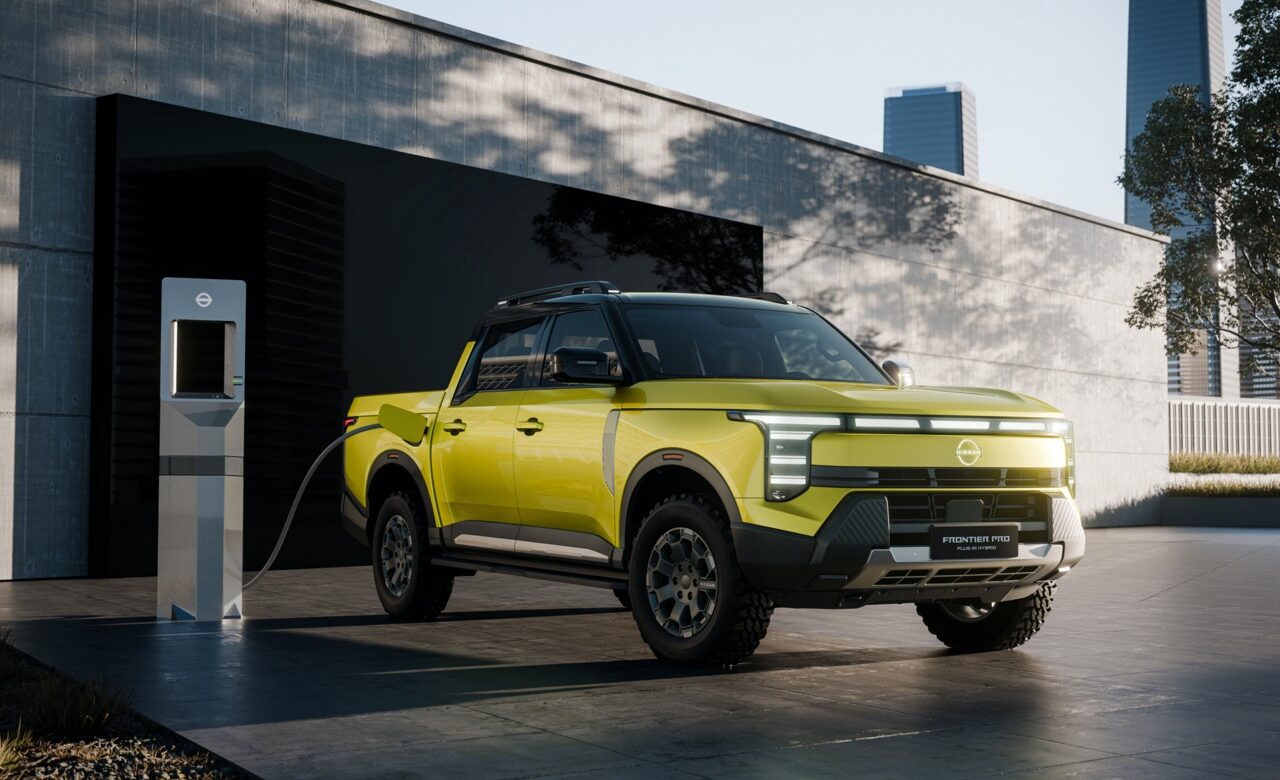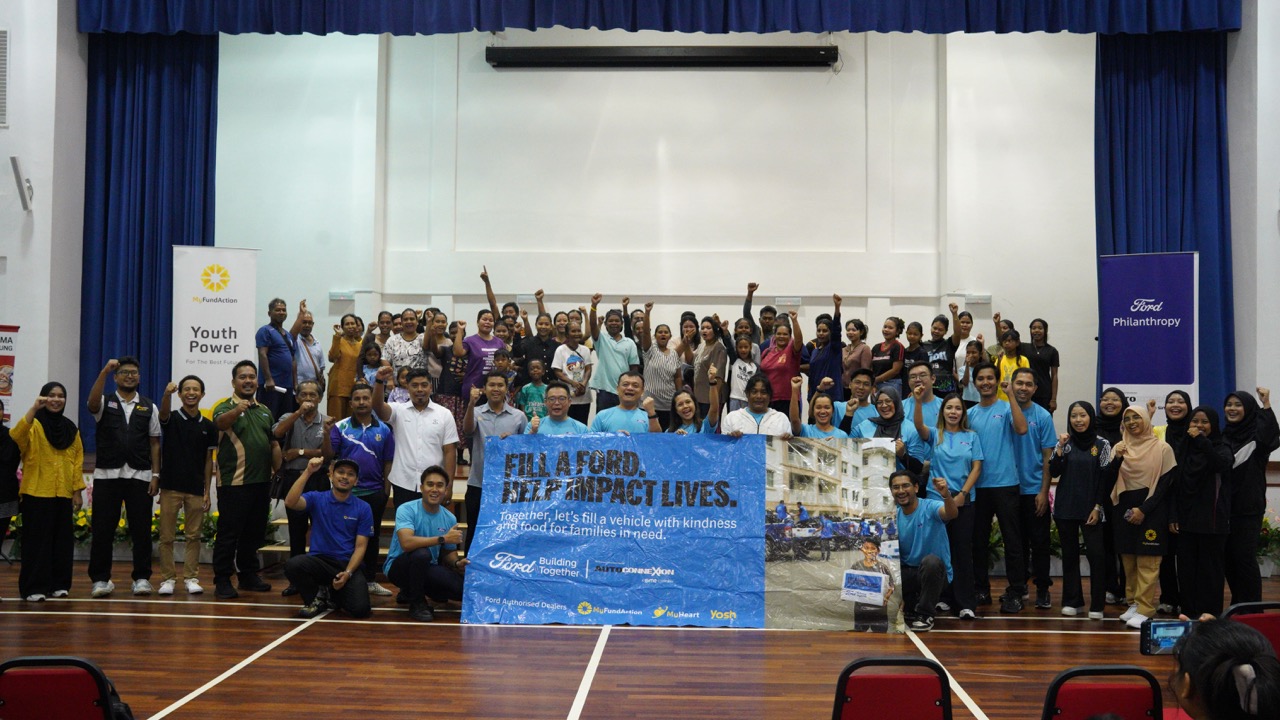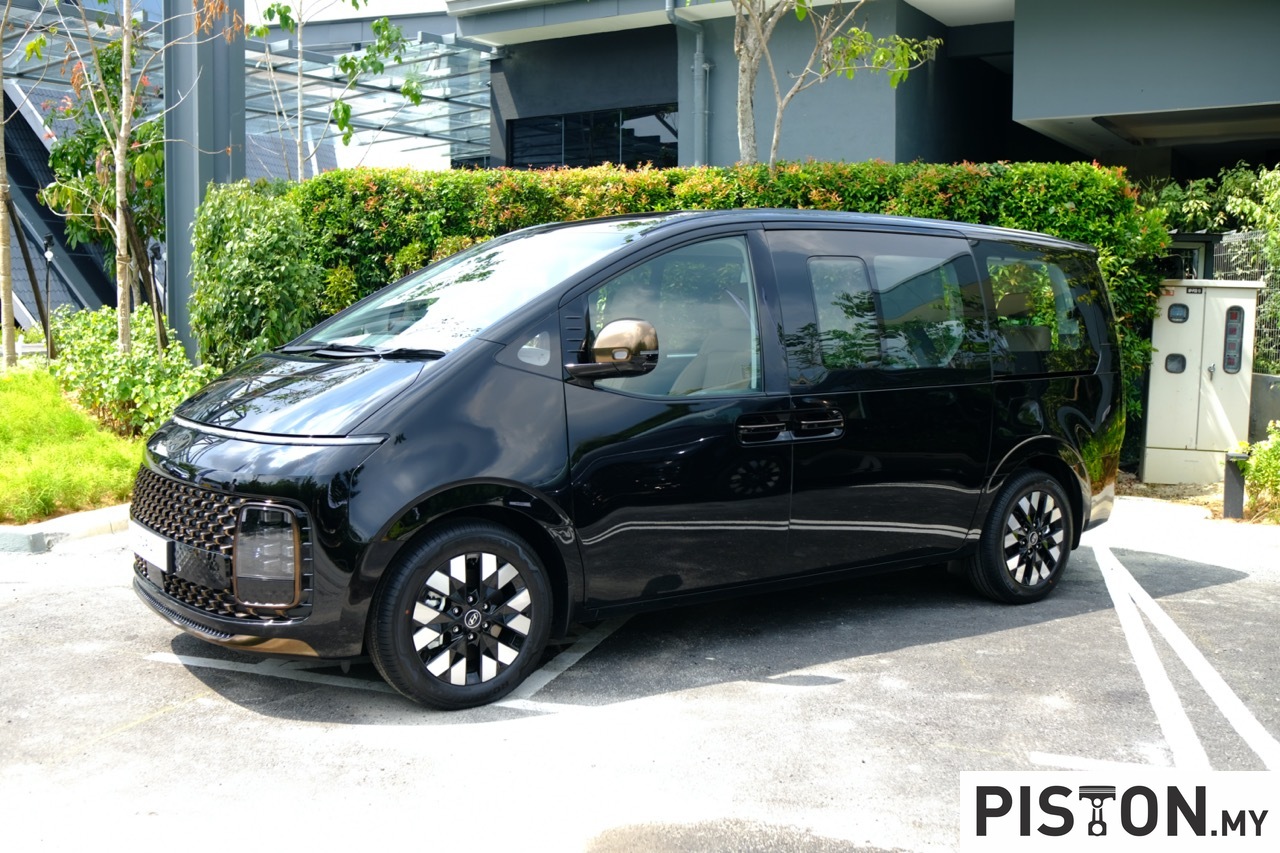
Extreme E – the unique off-road series for electric SUVs – will run its second round this weekend, this time in Lac Rose on the Senegalese coast of West Africa. Known as the Ocean X Prix, the event will be run along the shores of Lac Rose. It is situated 37 kms from the capital, Dakar, a name that was the finish of the world’s most famous cross-country rally – the Paris-Dakar – on numerous occasions between 1979 and 2007 (the Dakar Rally is still running, except that it is now in Saudi Arabia).
Out on the course, the drivers will once again face a mostly sandy terrain, though a very different challenge and location to the deserts of Saudi Arabia. Here the race will take to the existing tracks surrounding the lake, named after, and renowned for its striking pink colour, caused by algae that thrives within its highly-saline waters.
9 teams with dual-gender crews
Once again, 9 teams and 18 drivers – each comprising one male and one female – will compete but in a slight change to the Saudi Arabia race format, the Final will be a 4-car battle, with two teams from each of the two Semi-Finals progressing to the concluding race of the weekend.
Like the Desert X Prix, Qualifying consists of two rounds of time trials. The team starting order is decided by a draw for Qualifying 1 and Qualifying 2. All races feature two laps with the incorporated driver ‘Switch’ feature.
No clear leader yet
Rosberg X Racing (RXR) took victory in the inaugural X Prix last month but doesn’t have a clear lead as the top three teams are within 7 points of each other. So there should be a thrilling racing action as each team tries to score as many points as possible.
Teams can benefit from a ‘HyperDrive boost’ available to each driver on each lap of the race. Activated when the driver presses a button on the steering wheel, they will enjoy an extra push of continuous power for a few seconds.
New for the Ocean X Prix is the ‘Super Sector’ – a part of the course where the fastest driver in that section over the weekend will earn 5 points for their team. This ensures that whatever position the teams find themselves in, there is always an incentive to push to the limit as points are up for grabs.
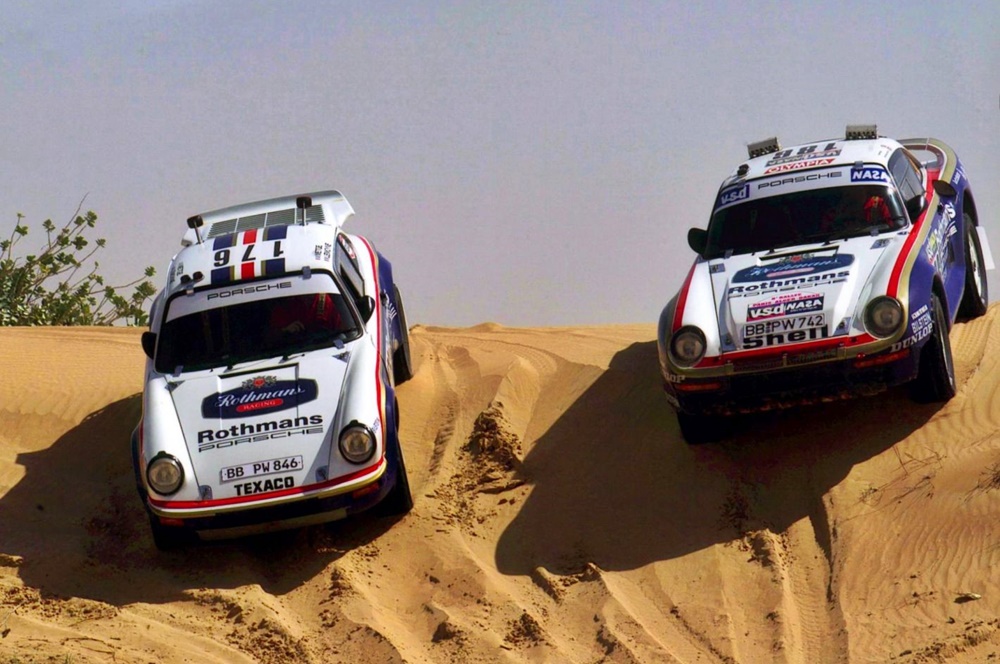
“I am delighted to be back in Dakar, a place with a vast motorsport heritage, and I can’t wait to see our world-class line-up of drivers compete on this latest course we have devised. The Desert X Prix delivered some truly thrilling racing with a stunning backdrop and I’m sure Senegal will provide the same,” said Alejandro Agag, Founder and CEO of Extreme E.
“In Lac Rose, we find an area suffering at the hands of the climate crisis, which is the true reason we are here. It doesn’t take long upon arrival to see one of the biggest issues, plastic pollution, which is affecting the local community and its marine life. Through our Legacy Programmes, we are supporting the local community to make change, and I can’t wait to see it for myself and help where I can,” he added.
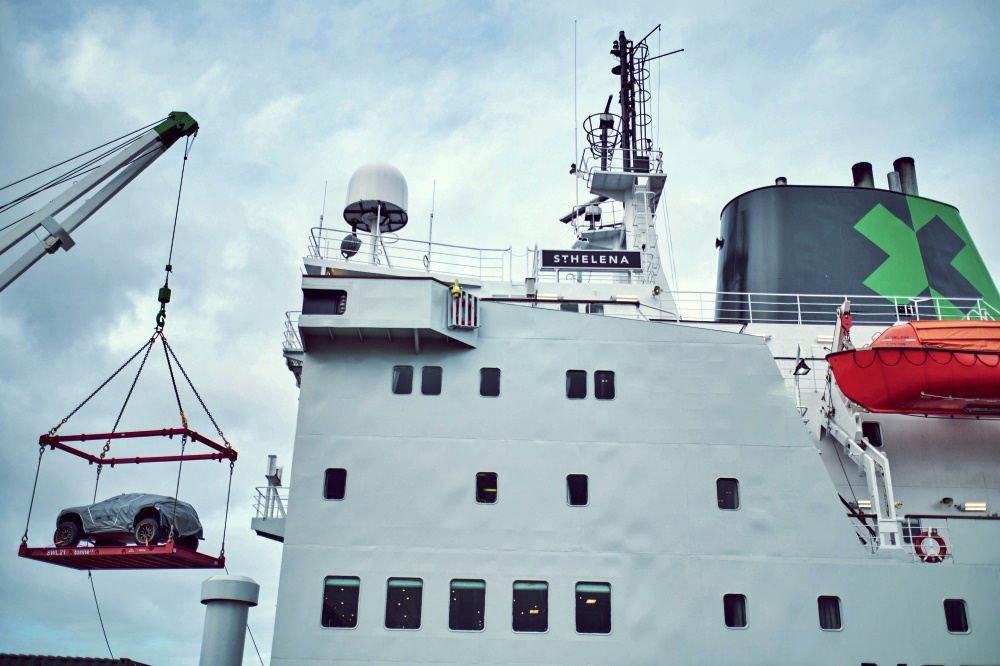
Why Senegal?
Extreme X, while being a motorsport event, is unique in that it also uses its global coverage to create awareness of environmental issues. Senegal was chosen as one of the venues to support the fight against the climate crisis and the local communities suffering due to the many issues it brings.
In addition, plastic pollution is another major issue affecting Senegal, with the mountain of single-use plastic washing up on the shores growing day-by-day and threatening marine species and human health. This is something that not only impacts Senegal but also globally and if left unchecked, it’s estimated that 4 billion tonnes of plastic pollution will enter our land and oceans by 2050 under a ‘business-as-usual’ scenario.
Extreme E will be supporting two projects in Senegal. For the first, the championship has teamed up with a local NGO to plant one million mangrove trees in the country across 60 hectares with the aim of reforesting mangroves, providing education to local populations and improving social cohesion.
The second project is the EcoZone Project, a living lab that addresses the Lac Rose community’s primary needs while preserving the environment through experiential learning, regenerative agriculture and a circular economy. As part of this, the EcoBrique Challenge was launched which tasked the community to create bricks for construction from plastic waste.
Shakedown and qualifications will be aired through Extreme E’s official website (www.extreme-e.com and social channels and the Finals will be shown in more than 180 countries by 75 broadcasters.
Rosberg X Racing team wins first round of the new Extreme E electric off-road series (w/VIDEO)

